Bath Salts Market Summary
As per MRFR analysis, the Bath Salt Market Size was estimated at 2.95 USD Billion in 2024. The Bath Salt industry is projected to grow from 3.093 USD Billion in 2025 to 4.957 USD Billion by 2035, exhibiting a compound annual growth rate (CAGR) of 4.83 during the forecast period 2025 - 2035.
Key Market Trends & Highlights
The Bath Salt Market is experiencing a dynamic shift towards natural and sustainable products, driven by consumer wellness trends.
- The demand for natural ingredients in bath salts is rising, reflecting a broader consumer preference for organic and eco-friendly products.
- North America remains the largest market for bath salts, while the Asia-Pacific region is emerging as the fastest-growing market.
- Epsom salt continues to dominate the market, whereas dead-sea salt is witnessing rapid growth due to its perceived health benefits.
- The increasing demand for wellness products and the rising popularity of aromatherapy are key drivers propelling market expansion.
Market Size & Forecast
| 2024 Market Size | 2.95 (USD Billion) |
| 2035 Market Size | 4.957 (USD Billion) |
| CAGR (2025 - 2035) | 4.83% |
Major Players
Bath & Body Works (US), Lush Fresh Handmade Cosmetics (GB), The Body Shop (GB), Kneipp (DE), Herbivore Botanicals (US), Dr Teal's (US), Aromatherapy Associates (GB), Epsom Salt Council (US)
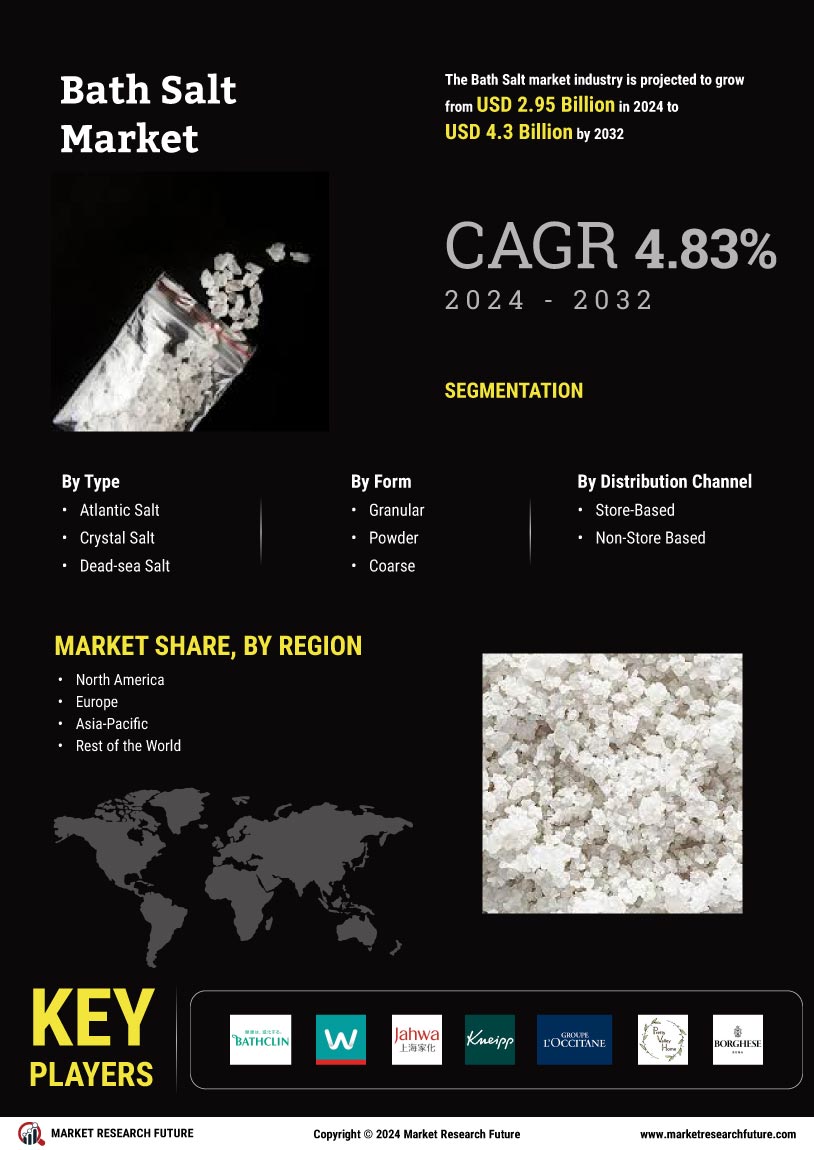

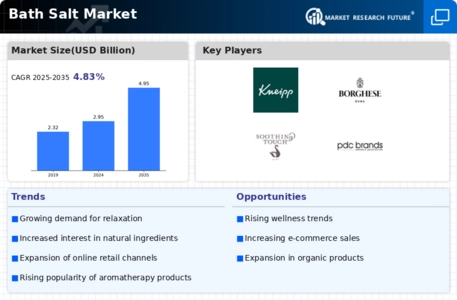
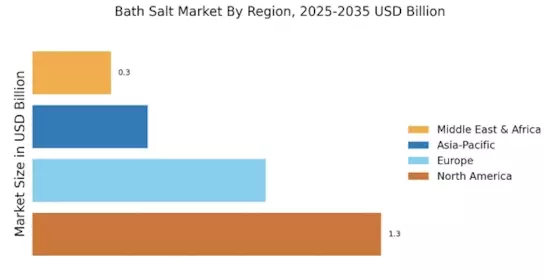
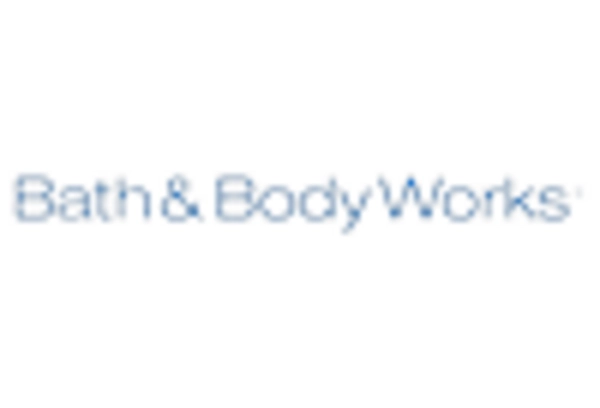
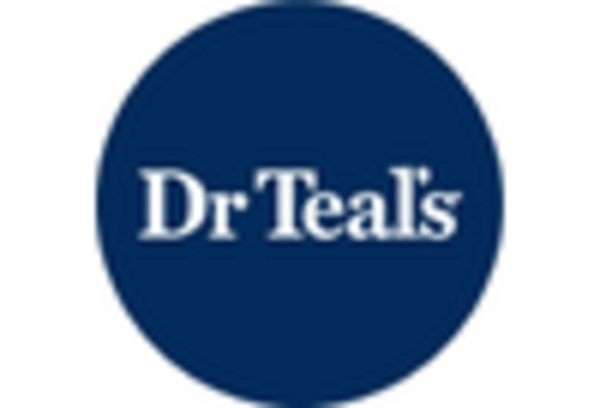



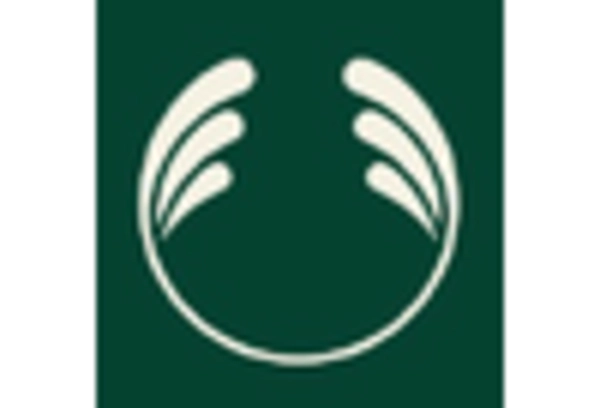








Leave a Comment